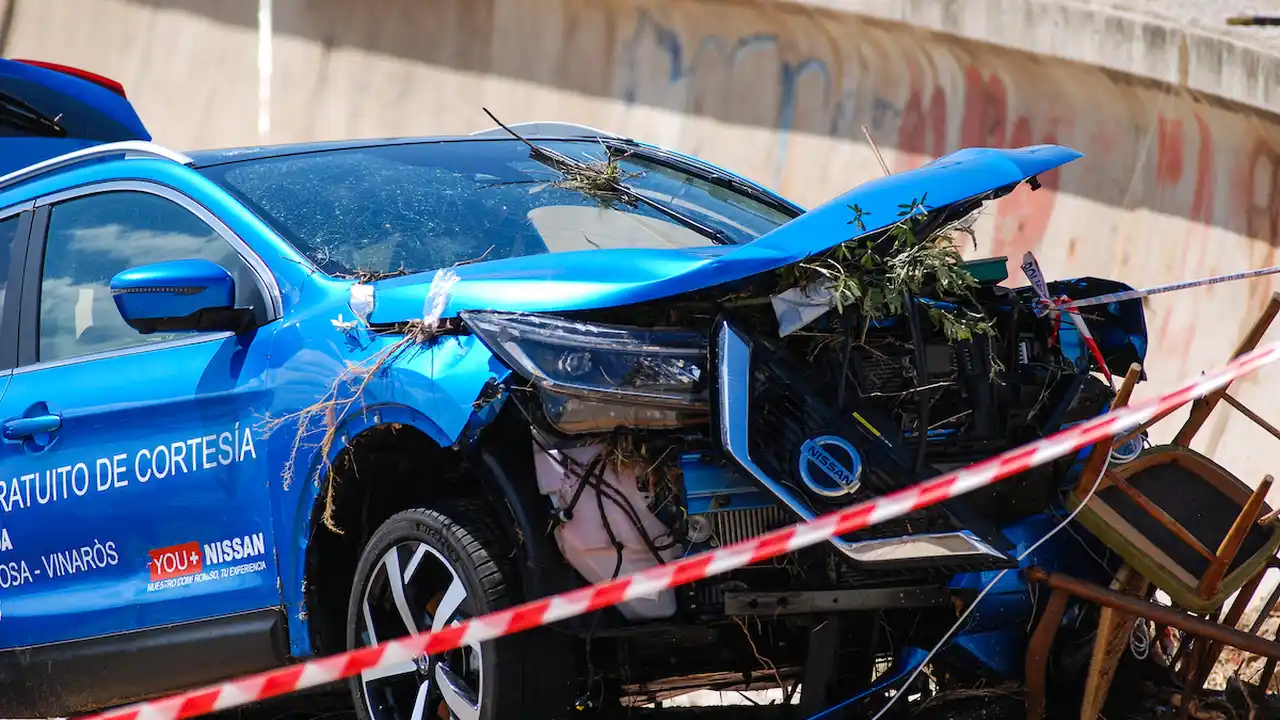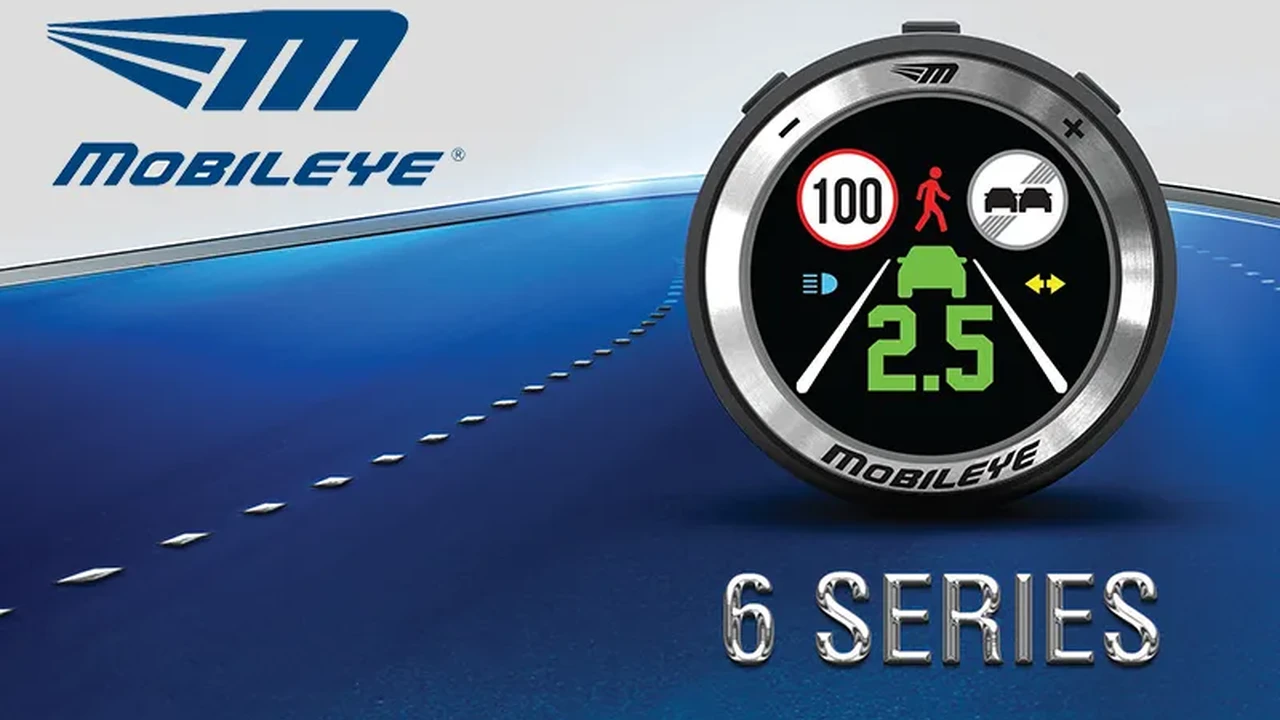Understanding Car Insurance Coverage Options: Liability, Collision, and Comprehensive

Decoding Liability Car Insurance Coverage: Protecting Your Assets
Okay, let's dive into liability coverage. Think of it as your financial shield if you cause an accident. It covers the other person's medical bills and car repairs when you're at fault. It's mandatory in almost every state, and for good reason. Without it, you could be on the hook for potentially huge expenses. There are two types: Bodily Injury Liability and Property Damage Liability.
Bodily Injury Liability covers the costs associated with injuries to the other driver and their passengers. This includes medical bills, lost wages, and even pain and suffering. Property Damage Liability, on the other hand, covers the cost of repairing or replacing the other person's vehicle or other property damaged in the accident, like a fence or building.
How much liability coverage do you need? That's the million-dollar question! It really depends on your assets. The more you have to lose, the more coverage you should consider. A good rule of thumb is to carry at least enough coverage to protect your net worth. If you have significant assets, you might even consider an umbrella policy, which provides extra liability coverage above your car insurance limits. Minimum coverage limits are often not sufficient and can leave you vulnerable to significant financial risk.
Imagine this scenario: You accidentally rear-end another car, causing whiplash to the driver and significant damage to their vehicle. Their medical bills and car repairs total $75,000. If your liability coverage limit is only $50,000, you'll be personally responsible for the remaining $25,000. Ouch! That's why adequate liability coverage is crucial.
Collision Car Insurance Coverage Explained: Repairing Your Vehicle After an Accident
Now, let's talk collision coverage. This covers damage to your car if you hit another vehicle or object, regardless of who's at fault. Think of it as your "oops, I crashed" coverage. It's especially important if you have a newer car or a car that's still under a loan.
Collision coverage typically has a deductible, which is the amount you pay out of pocket before your insurance kicks in. Common deductibles range from $250 to $1,000. A higher deductible means a lower premium, but it also means you'll pay more if you have an accident. Consider your risk tolerance and financial situation when choosing a deductible.
Let's say you accidentally back into a pole in a parking lot, causing significant damage to your rear bumper. The repairs cost $2,000. If you have a $500 deductible, you'll pay $500, and your insurance company will cover the remaining $1,500.
Collision coverage is often required by lenders if you have a car loan. Even if it's not required, it's worth considering if you can't afford to repair or replace your car out of pocket. Think about the value of your car and your ability to cover repairs. If your car is older and not worth much, collision coverage might not be worth the cost.
Comprehensive Car Insurance Coverage: Protecting Against Unforeseen Events
Comprehensive coverage protects your car from damage that's not caused by a collision. Think of it as your "act of God" coverage. It covers things like theft, vandalism, fire, hail, and even hitting a deer. It's another optional coverage, but it can be a lifesaver if you live in an area prone to these types of events.
Like collision coverage, comprehensive coverage typically has a deductible. The same considerations apply when choosing a deductible. A higher deductible means a lower premium, but you'll pay more if you have a claim.
Imagine this: A hailstorm damages your car, causing dents all over the hood and roof. The repairs cost $3,000. If you have a $250 deductible, you'll pay $250, and your insurance company will cover the remaining $2,750.
Or, what if your car is stolen? Comprehensive coverage will help cover the cost of replacing your vehicle, up to its actual cash value. This can be a huge relief if you rely on your car for transportation.
Comprehensive coverage is especially valuable if you live in an area with high crime rates or frequent severe weather. Consider the risks in your area and your ability to cover these types of losses when deciding whether to purchase comprehensive coverage.
Comparing Car Insurance Coverage Options: Which is Right for You?
So, how do you choose the right coverage options? It really depends on your individual circumstances. Consider your assets, your risk tolerance, the value of your car, and your budget. A good starting point is to get quotes from several different insurance companies and compare their coverage options and prices.
Liability coverage is a must-have in almost every state. Make sure you have enough coverage to protect your assets. Collision and comprehensive coverage are optional, but they can provide valuable protection against unexpected losses. Think about the potential risks you face and your ability to cover those risks out of pocket.
Don't be afraid to ask questions! Talk to an insurance agent or broker to get personalized advice. They can help you understand your options and choose the coverage that's right for you.
Product Recommendations: Car Insurance Providers and Their Specialties
Choosing an insurance provider can be overwhelming. Here are a few reputable companies and what they're known for:
- GEICO: Known for its competitive rates and user-friendly online experience. Good for drivers looking for a straightforward and affordable option. They often have discounts for students and military personnel. A basic policy with liability, collision, and comprehensive for a mid-sized sedan might cost around $1200 annually. The GEICO Mobile app makes managing your policy a breeze.
- State Farm: Offers a wide range of insurance products and is known for its excellent customer service. Good for drivers who prefer a personal touch and want to work with a local agent. They also have a strong focus on community involvement. A similar policy to GEICO, but with potentially higher premiums due to the agent network, might cost $1400-$1600 annually.
- Progressive: Known for its "Name Your Price" tool, which allows you to customize your coverage to fit your budget. Good for drivers who are price-sensitive and want more control over their policy. They also offer Snapshot, a usage-based insurance program that can reward safe drivers with lower rates. A policy with Progressive, leveraging "Name Your Price", could potentially be lower than GEICO or State Farm, depending on your driving habits and coverage choices. Snapshot can further reduce premiums for safe drivers.
- Allstate: Offers a variety of discounts and is known for its strong financial stability. Good for drivers who want a comprehensive insurance package and are looking for long-term security. Drivewise, Allstate's safe driving program, offers potential discounts. Expect to pay similar prices to State Farm, potentially slightly higher, for comparable coverage, around $1500-$1700 annually.
Usage Scenarios: When Each Type of Coverage Comes in Handy
- Liability: You cause a fender bender in a parking lot. Liability coverage pays for the other driver's car repairs.
- Collision: You hit a deer on a rural road. Collision coverage pays to repair your car, even though you were at fault.
- Comprehensive: A tree falls on your car during a storm. Comprehensive coverage pays for the damage.
- Liability: A pedestrian is injured after you accidentally hit him. Your liability insurance covers his medical expense.
- Comprehensive: Your car is stolen from your driveway. Comprehensive coverage helps you replace your vehicle.
Comparing Products: A Detailed Look at Coverage and Cost
Let's break down the differences further:
| Company | Liability Coverage (Example: $100k/$300k/$100k) | Collision Deductible | Comprehensive Deductible | Estimated Annual Premium | Key Features |
|---|---|---|---|---|---|
| GEICO | Yes | $500 | $250 | $1200 | User-friendly app, competitive rates |
| State Farm | Yes | $500 | $250 | $1500 | Local agents, strong customer service |
| Progressive | Yes | $500 | $250 | $1300 (Potential Savings with Snapshot) | Name Your Price tool, usage-based insurance |
| Allstate | Yes | $500 | $250 | $1600 | Discounts, strong financial stability |
Important Note: These are just estimated premiums. Your actual cost will vary based on your driving record, location, age, and other factors. Always get a personalized quote to see what you'll actually pay.
Understanding Pricing: Factors Affecting Your Car Insurance Rates
Car insurance pricing isn't random! Insurers consider several factors when determining your premium. Your driving record is a big one. Tickets and accidents will increase your rates. Your age and gender also play a role. Younger drivers and males tend to pay more. Your location matters, too. If you live in an area with high crime rates or frequent accidents, you'll likely pay more. The type of car you drive also affects your rates. Expensive cars and cars that are more likely to be stolen cost more to insure. Finally, your credit score can impact your rates in some states.
To get the best rates, maintain a clean driving record, shop around for quotes, and consider increasing your deductible. You can also look for discounts, such as multi-policy discounts (bundling your car and home insurance) or safe driver discounts.
Real-World Examples: Applying Coverage in Different Scenarios
Let's look at a few more scenarios to solidify your understanding:
- Scenario 1: You're driving in heavy rain and hydroplane, crashing into a guardrail. Collision coverage will pay to repair your car, minus your deductible.
- Scenario 2: Someone breaks into your car and steals your stereo. Comprehensive coverage will cover the cost of replacing the stereo, minus your deductible.
- Scenario 3: You're at fault in an accident and the other driver suffers serious injuries. Your liability coverage will pay for their medical bills, lost wages, and potentially other damages, up to your coverage limits.
- Scenario 4: A hit-and-run driver damages your parked car. If you have uninsured motorist property damage coverage (available in some states), it will cover the cost of repairing your car. If not, collision coverage would cover the damage.
Staying Safe: Tips to Prevent Accidents and Lower Your Insurance Costs
The best way to lower your insurance costs is to prevent accidents in the first place! Practice safe driving habits, such as avoiding distractions, maintaining a safe following distance, and obeying traffic laws. Make sure your car is properly maintained, including regular oil changes and tire rotations. Avoid driving under the influence of alcohol or drugs. And be extra cautious in adverse weather conditions.
By being a safe and responsible driver, you can reduce your risk of accidents and keep your insurance rates low.
Reviewing Your Policy: Ensuring You Have Adequate Coverage
It's a good idea to review your car insurance policy at least once a year to make sure it still meets your needs. Life changes, such as getting married, buying a house, or changing jobs, can affect your insurance needs. Make sure your coverage limits are still adequate to protect your assets. And take advantage of any discounts you may be eligible for.
Don't wait until you have an accident to find out you don't have enough coverage! Take the time to review your policy and make any necessary adjustments.
:max_bytes(150000):strip_icc()/277019-baked-pork-chops-with-cream-of-mushroom-soup-DDMFS-beauty-4x3-BG-7505-5762b731cf30447d9cbbbbbf387beafa.jpg)






